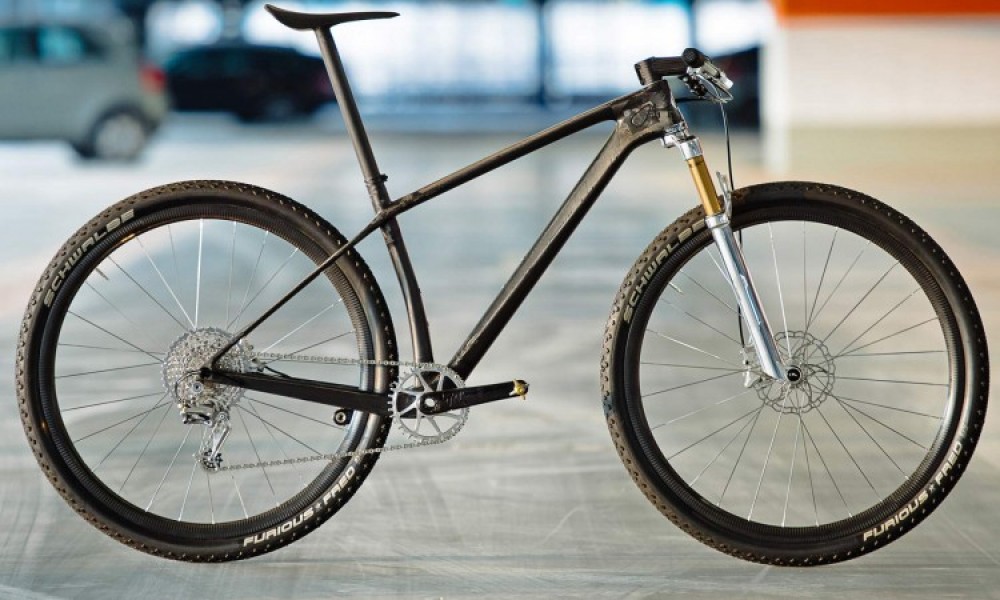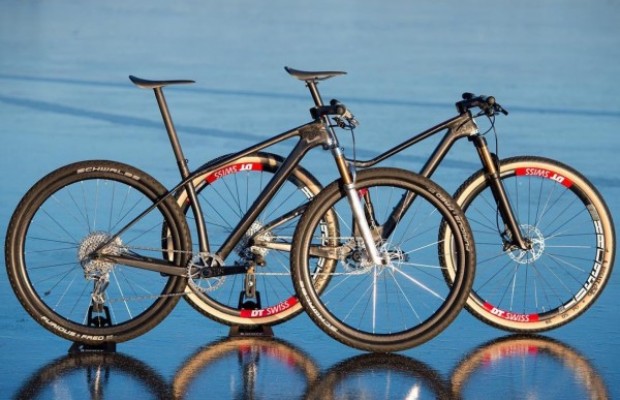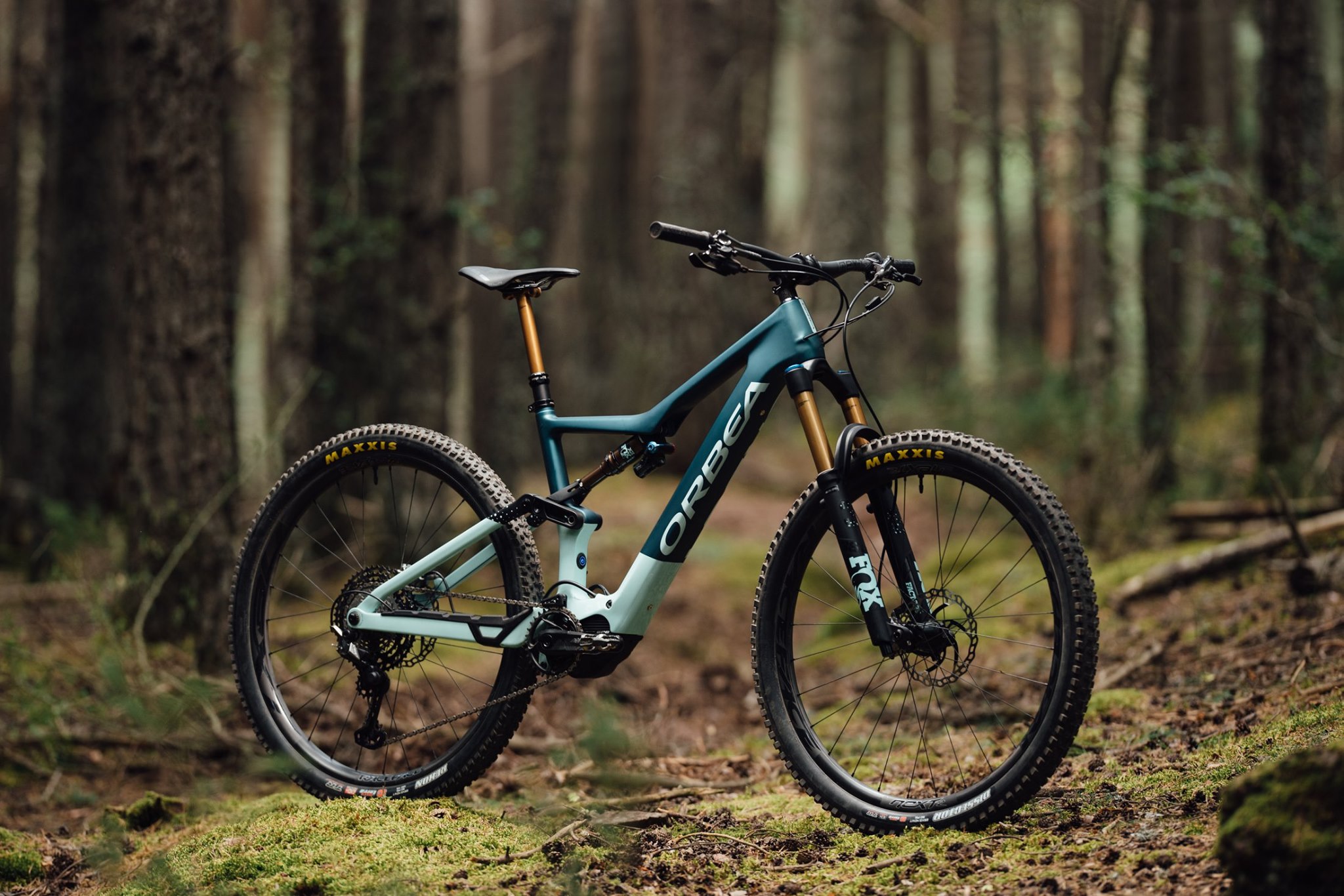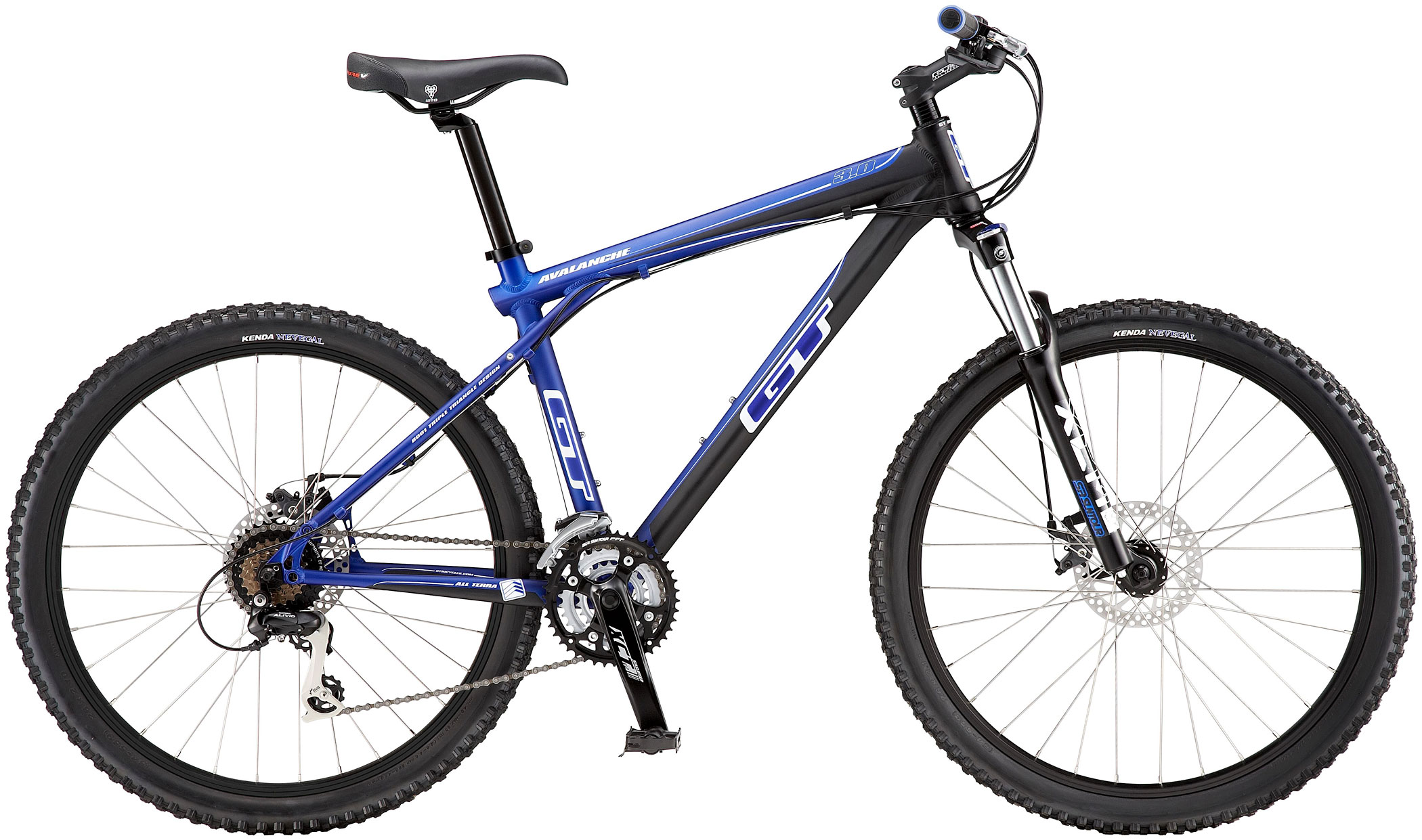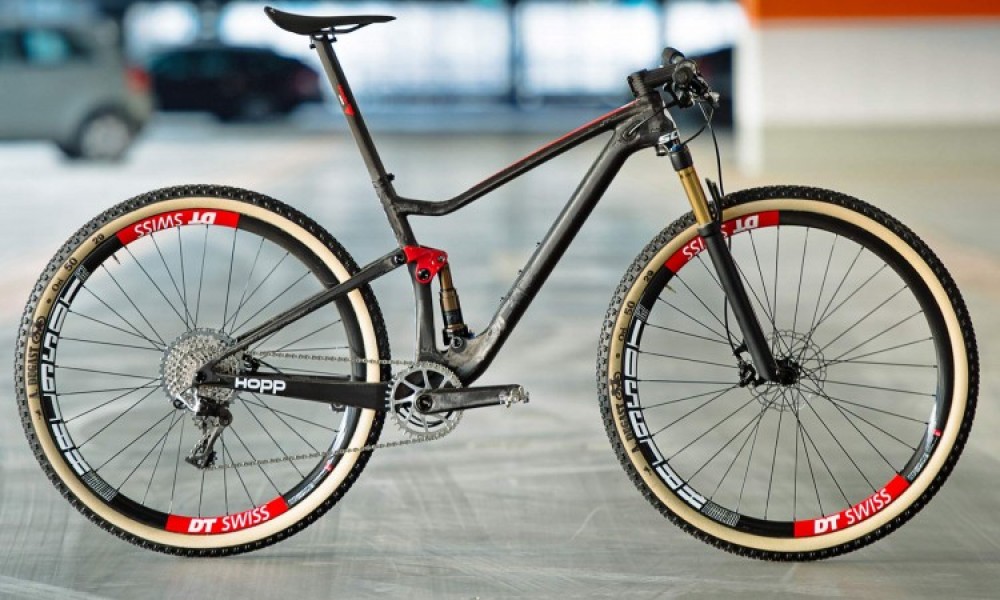What Makes a Mountain Bike Truly Lightweight?
A mountain bike’s weight can significantly impact its performance, making it essential to understand what makes a bike truly lightweight. A combination of factors, including frame material, wheel size, and component selection, all contribute to a bike’s overall weight.
Frame material is a critical aspect of a lightweight mountain bike. Modern frames are often made from advanced materials such as carbon fiber, titanium, or high-strength aluminum alloys. These materials offer exceptional strength-to-weight ratios, allowing manufacturers to create frames that are both durable and lightweight.
Wheel size is another crucial factor in determining a mountain bike’s weight. Smaller wheels, typically in the 27.5-inch or 29-inch range, are generally lighter than their larger counterparts. This is because smaller wheels require less material to achieve the same strength and durability, resulting in a significant weight reduction.
Component selection is the final piece of the puzzle when it comes to creating a lightweight mountain bike. Manufacturers often opt for lightweight components such as titanium or carbon fiber handlebars, stems, and seatposts. Even the smallest details, like lightweight pedals and quick-release skewers, can make a significant difference in a bike’s overall weight.
The benefits of a lightweight mountain bike are numerous. A lighter bike provides improved climbing ability, allowing riders to tackle steep inclines with ease. Additionally, a lightweight bike offers increased maneuverability, making it easier to navigate tight trails and technical sections. When shopping for lightweight mountain bikes for sale, it’s essential to consider these factors and how they impact the bike’s overall performance.
How to Choose the Right Lightweight Mountain Bike for Your Riding Style
Selecting the perfect lightweight mountain bike can be a daunting task, especially with the numerous options available in the market. To ensure you find the right bike for your riding style, it’s essential to consider several factors, including terrain, skill level, and budget.
Terrain is a critical aspect to consider when choosing a lightweight mountain bike. If you’ll be riding on smooth, flowy trails, a bike with a more relaxed geometry and a focus on comfort may be ideal. However, if you’ll be tackling technical, rocky terrain, a bike with a more aggressive geometry and a focus on precision handling may be a better fit.
Your skill level is another crucial factor to consider. If you’re a beginner, a bike with a more forgiving nature and a focus on stability may be a good starting point. As you progress in your riding skills, you can opt for a more advanced bike with a focus on performance.
Budget is also a significant consideration when choosing a lightweight mountain bike. While high-end bikes may offer exceptional performance, they often come with a hefty price tag. Set a budget and stick to it to ensure you find a bike that meets your needs without breaking the bank.
Once you’ve narrowed down your options, it’s essential to test ride a bike before making a purchase. This will give you a feel for how the bike handles and whether it’s the right fit for you. Don’t be afraid to ask questions and seek advice from experienced riders or bike shop employees.
When searching for lightweight mountain bikes for sale, consider your riding style and the factors mentioned above. By doing so, you’ll be able to find a bike that meets your needs and provides an exceptional riding experience. Remember, the right bike can make all the difference in your mountain biking adventures.
Top Lightweight Mountain Bikes for Sale: Our Expert Picks
When it comes to finding the perfect lightweight mountain bike, there are numerous options available in the market. To help you make an informed decision, we’ve reviewed and compared some of the top-rated lightweight mountain bikes for sale. Here are our expert picks:
The Trek E-Caliber is a popular choice among mountain bikers, offering a lightweight frame and exceptional climbing ability. With a weight of just 28.5 pounds, this bike is perfect for those who want to tackle steep inclines with ease. The E-Caliber features a carbon fiber frame, 12-speed Shimano drivetrain, and a RockShox SID fork.
The Specialized Epic is another top contender in the lightweight mountain bike market. Weighing in at 29.5 pounds, this bike offers exceptional performance and maneuverability. The Epic features a FACT 12m carbon fiber frame, 12-speed SRAM drivetrain, and a RockShox SID fork.
The Cannondale Scalpel is a high-performance lightweight mountain bike that’s perfect for cross-country and trail riding. With a weight of just 27.5 pounds, this bike offers exceptional climbing ability and agility. The Scalpel features a SmartForm C2 carbon fiber frame, 12-speed Shimano drivetrain, and a Lefty Ocho fork.
When shopping for lightweight mountain bikes for sale, it’s essential to consider your riding style and the features that matter most to you. Whether you’re looking for exceptional climbing ability, improved maneuverability, or high-performance components, there’s a lightweight mountain bike out there that’s perfect for you.
Remember to test ride a bike before making a purchase, and don’t be afraid to ask questions and seek advice from experienced riders or bike shop employees. By doing so, you’ll be able to find a bike that meets your needs and provides an exceptional riding experience.
Understanding the Technology Behind Lightweight Mountain Bikes
Modern lightweight mountain bikes are a marvel of engineering and innovation. To achieve their impressive weight reductions, manufacturers have developed cutting-edge technologies and materials. In this section, we’ll delve into the advancements that make lightweight mountain bikes possible.
Frame Design: One of the most significant factors in a bike’s weight is its frame. Manufacturers have developed advanced frame designs that minimize weight while maintaining strength and durability. These designs often feature hollow tubes, optimized geometries, and clever material selection.
Suspension Systems: Suspension systems play a critical role in a mountain bike’s performance and weight. Modern suspension systems, such as those found on the Trek E-Caliber and Specialized Epic, feature lightweight materials and clever designs that reduce weight while maintaining performance.
Wheel Technology: Wheels are a critical component of any mountain bike, and their weight can have a significant impact on the overall weight of the bike. Modern wheel technologies, such as those found on the Cannondale Scalpel, feature lightweight rims, hubs, and spokes that reduce weight while maintaining strength and durability.
Component Selection: The components used on a lightweight mountain bike can also have a significant impact on its weight. Manufacturers often select components that offer the perfect balance of weight, performance, and durability. These components may include lightweight cranksets, cassettes, and chainrings.
Material Advancements: The materials used in lightweight mountain bikes have also undergone significant advancements. Carbon fiber, in particular, has become a popular choice for frames, forks, and components due to its exceptional strength-to-weight ratio. Other materials, such as titanium and advanced aluminum alloys, are also being used to reduce weight while maintaining performance.
When shopping for lightweight mountain bikes for sale, it’s essential to consider the technology and innovations that make them possible. By understanding the advancements that have gone into creating these bikes, you’ll be better equipped to find the perfect ride for your next adventure.
Lightweight vs. Heavy: Does Weight Really Matter in Mountain Biking?
The debate surrounding the importance of weight in mountain biking has been ongoing for years. While some argue that a lightweight bike is essential for optimal performance, others claim that it’s not a critical factor. In this section, we’ll explore the arguments for and against the significance of a lightweight bike.
Arguments For a Lightweight Bike: Proponents of lightweight mountain bikes argue that a lighter bike offers improved climbing ability, increased maneuverability, and enhanced overall performance. A lighter bike can also reduce fatigue and improve the overall riding experience. Additionally, many top-rated lightweight mountain bikes for sale, such as the Trek E-Caliber and Specialized Epic, feature advanced materials and designs that provide exceptional strength-to-weight ratios.
Arguments Against a Lightweight Bike: On the other hand, some argue that weight is not a critical factor in mountain biking. They claim that other factors, such as suspension, geometry, and component selection, have a greater impact on a bike’s performance. Additionally, a heavier bike can provide added durability and stability, making it a better option for certain types of riding.
Trade-Offs: The debate surrounding weight in mountain biking ultimately comes down to trade-offs. A lighter bike may offer improved performance, but it may also compromise on durability and stability. Conversely, a heavier bike may provide added durability, but it may sacrifice performance. When shopping for lightweight mountain bikes for sale, it’s essential to consider these trade-offs and determine what matters most to you.
In conclusion, whether or not weight really matters in mountain biking depends on individual preferences and riding styles. While a lightweight bike can offer improved performance, it’s not the only factor to consider. By understanding the arguments for and against a lightweight bike, you’ll be better equipped to find the perfect ride for your next adventure.
What to Look for When Buying a Used or Second-Hand Lightweight Mountain Bike
When shopping for a used or second-hand lightweight mountain bike, it’s essential to be thorough in your inspection and evaluation. A used bike can be a cost-effective way to get into lightweight mountain biking, but it’s crucial to ensure you’re getting a good deal. Here are some key things to look for when buying a used lightweight mountain bike.
Inspect for Damage: Start by inspecting the bike for any signs of damage, such as cracks, dents, or scratches. Check the frame, fork, and wheels for any signs of wear or damage. Also, look for any signs of rust or corrosion on metal components.
Check the Components: Inspect the components, such as the drivetrain, brakes, and suspension, to ensure they’re in good working condition. Check for any signs of wear on the chainrings, cassette, and chain. Also, test the brakes to ensure they’re functioning properly.
Test Ride the Bike: A test ride is essential when buying a used bike. Take the bike for a spin to ensure it’s comfortable and handles well. Pay attention to any unusual noises or vibrations, which could indicate underlying issues.
Check the Maintenance History: Ask the seller about the bike’s maintenance history, including any recent repairs or upgrades. Check the bike’s documentation, such as the owner’s manual and service records, to ensure it’s been properly maintained.
Consider the Pros and Cons: Buying a used lightweight mountain bike can be a cost-effective way to get into the sport, but it’s essential to consider the pros and cons. A used bike may require more maintenance or repairs, but it can also be a great way to get a high-quality bike at a lower price.
Look for Certified Pre-Owned Bikes: Some dealerships and manufacturers offer certified pre-owned bikes, which have been inspected and certified by the manufacturer or dealer. These bikes often come with warranties and other perks, making them a great option for those looking for a used bike.
By following these tips, you can find a great used lightweight mountain bike that meets your needs and budget. Remember to always inspect the bike thoroughly and test ride it before making a purchase. With the right approach, you can find a high-quality used bike that will provide years of enjoyment on the trails.
Upgrading Your Current Mountain Bike to Make it Lighter
If you’re looking to shave off some pounds from your current mountain bike, there are several upgrades you can consider. Upgrading your bike can be a cost-effective way to improve its performance and make it more enjoyable to ride. Here are some tips and suggestions for upgrading your current mountain bike to make it lighter.
Component Swaps: One of the easiest ways to lighten up your bike is to swap out heavy components for lighter ones. Consider upgrading to lighter wheels, a lighter saddle, or a lighter handlebar. These small changes can add up to make a big difference in your bike’s overall weight.
Wheel Upgrades: Wheels are one of the heaviest components on a mountain bike, so upgrading to lighter wheels can make a significant difference. Look for wheels made from lightweight materials like carbon fiber or aluminum. You can also consider upgrading to tubeless tires, which can save weight and improve performance.
Drivetrain Upgrades: The drivetrain is another area where you can make significant weight savings. Consider upgrading to a lighter chainring, cassette, or chain. You can also look into upgrading to a 1x drivetrain, which can save weight and simplify your bike’s components.
Frame Upgrades: If you’re looking to make a more significant upgrade, consider upgrading your bike’s frame. Look for frames made from lightweight materials like carbon fiber or titanium. You can also consider upgrading to a hardtail frame, which can save weight and improve performance.
Other Modifications: There are several other modifications you can make to lighten up your bike. Consider upgrading to lighter pedals, a lighter seatpost, or a lighter stem. You can also look into upgrading to a dropper post, which can save weight and improve performance.
When upgrading your bike, it’s essential to consider the trade-offs between weight, durability, and performance. While a lighter bike can be more enjoyable to ride, it may also be more prone to damage or wear. Be sure to research and test any upgrades before making a purchase.
By following these tips and suggestions, you can upgrade your current mountain bike to make it lighter and more enjoyable to ride. Whether you’re looking to improve your climbing ability or simply want a more responsive bike, upgrading to a lighter bike can make all the difference. And, if you’re in the market for a new bike, be sure to check out our top picks for lightweight mountain bikes for sale.
Conclusion: Finding the Perfect Lightweight Mountain Bike for Your Next Adventure
In conclusion, finding the perfect lightweight mountain bike requires careful consideration of several factors, including your riding style, terrain, skill level, and budget. By understanding what makes a mountain bike truly lightweight, choosing the right bike for your needs, and staying up-to-date on the latest technology and innovations, you can find a bike that takes your riding to the next level.
Whether you’re looking to upgrade your current bike or purchase a new one, there are many options available in the market for lightweight mountain bikes for sale. From top-rated models like the Trek E-Caliber and Specialized Epic to budget-friendly options, there’s a bike out there for everyone.
Remember to test ride a bike before making a purchase, and don’t be afraid to ask questions or seek advice from a professional. With the right bike, you’ll be able to tackle even the toughest trails with ease and confidence.
So why wait? Start your search for the perfect lightweight mountain bike today and get ready to take your riding to new heights. Whether you’re a seasoned pro or just starting out, the right bike can make all the difference in your mountain biking experience.


